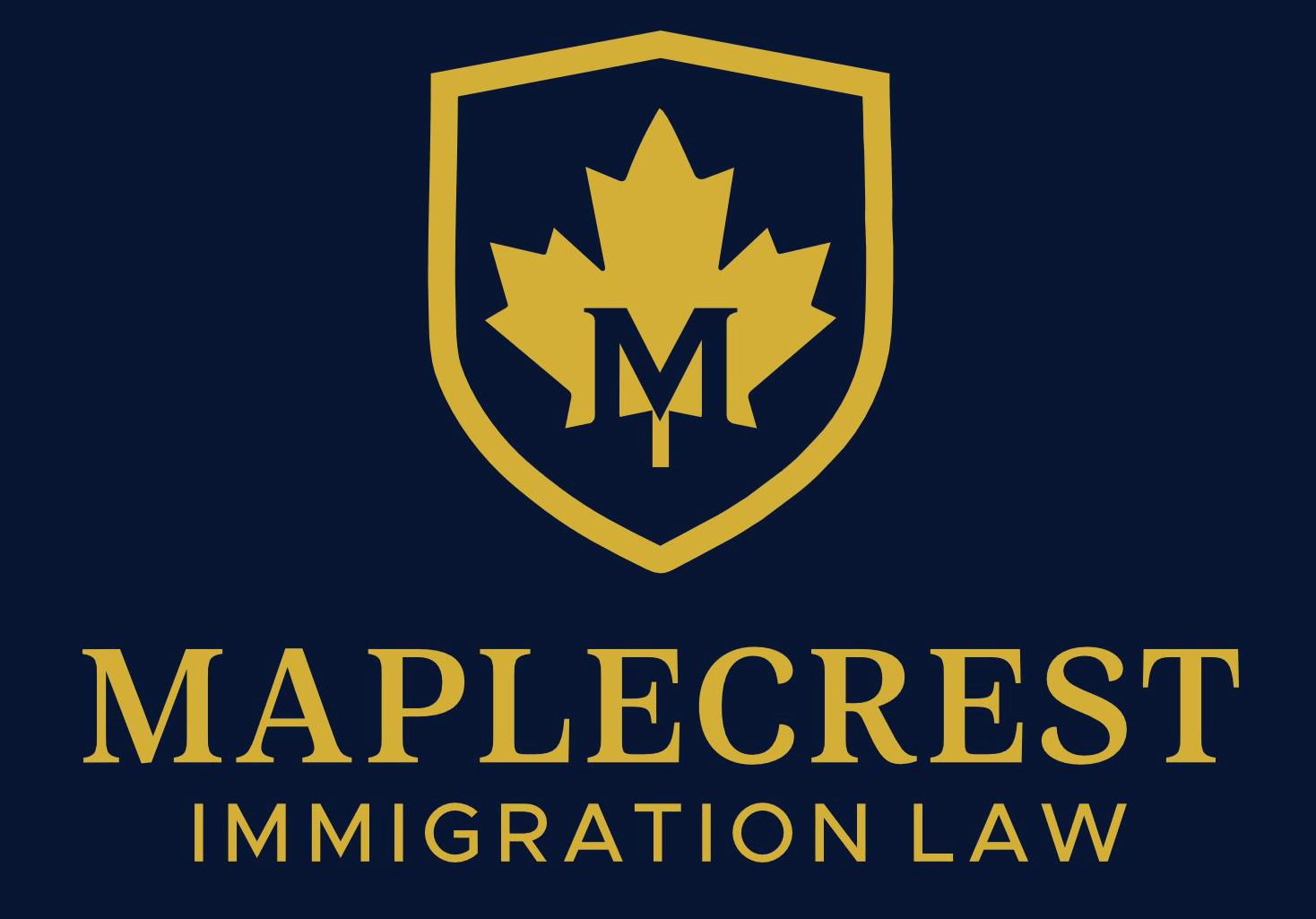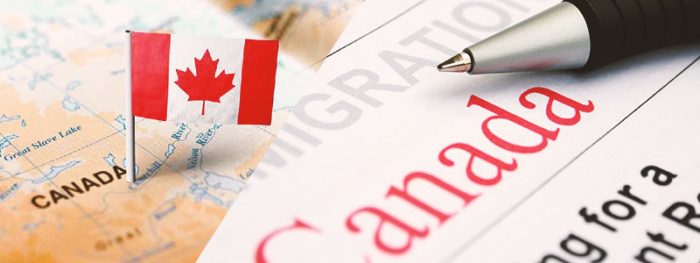Canada’s immigration policy is designed to attract talent, support its labor market, and ensure long-term population growth. At the heart of this plan are permanent residents, individuals who enjoy nearly all the same rights as Canadian citizens, except the right to vote or hold certain high-security government positions. The Canadian government has set record-breaking targets for new arrivals, aiming to strengthen the economy and meet critical labor shortages.
This article explains in detail Canada’s heightened immigration levels, its structured plan for permanent residents, and practical advice for applicants navigating the system.
Why Canada Is Increasing Immigration Levels
Canada has one of the world’s most ambitious immigration plans. The government raises targets every year to respond to:
-
Aging population: With more Canadians retiring, immigration fills workforce gaps.
-
Labor shortages: Industries like healthcare, construction, and technology urgently need skilled workers.
-
Economic growth: Immigrants bring innovation, create businesses, and pay taxes.
-
Regional balance: Immigration helps provinces outside major cities meet population and labor needs.
The official Immigration Levels Plan sets the number of new permanent residents Canada admits each year. For updated figures, applicants can always check the Government of Canada’s Immigration Levels Plan.
Canada’s Plan for Permanent Residents
The federal government divides immigration into different streams. These programs allow applicants from various backgrounds to apply for permanent residency.
Economic Class Immigration
-
Express Entry system (Federal Skilled Worker, Canadian Experience Class, Federal Skilled Trades).
-
Sector-specific pathways (healthcare, tech, transportation, agriculture).
Family Sponsorship
-
Spouses, common-law partners, and dependent children.
-
Parents and grandparents, with a limited yearly quota.
Refugees and Humanitarian Cases
-
Resettlement programs for those fleeing war or persecution.
Target numbers for permanent residents:
| Year | Planned Admissions | Priority Areas |
|---|---|---|
| 2025 | 500,000+ | Skilled workers, healthcare, regional balance |
| 2026 | 500,000+ | Tech sector, family reunification, refugees |
Pathways to Permanent Residence
Applicants can qualify through different routes:
-
Express Entry: A points-based system ranking candidates on age, education, language ability, and work experience.
-
Provincial Nominee Programs: Provinces nominate applicants based on local labor needs.
-
Family Sponsorship: Canadian citizens and permanent residents sponsor close relatives.
-
Start-up Visa Program: For entrepreneurs launching innovative businesses.
Causes of Visa Appointment Delays
One of the major frustrations for applicants is the delay in scheduling visa appointments. These delays happen due to:
-
High application volumes during peak intake seasons.
-
Limited staff capacity at visa offices.
-
Background checks and security screenings taking longer than expected.
-
Errors in applications leading to return or additional document requests.
-
Pandemic-era backlogs that still affect global processing.
How to Avoid Visa Appointment Delays
Delays in visa appointments can disrupt travel and immigration plans. Applicants can reduce the risk of setbacks by taking these steps:
1. Apply early
Do not wait until deadlines approach. Submit your application as soon as you meet the requirements. Early applications move through the system faster and leave more time to correct errors if needed.
2. Use accurate documents
Carefully review every form before submission. Small mistakes, missing signatures, or outdated information can trigger requests for correction. Attach all supporting documents, including identification, proof of funds, and educational records, to prevent processing gaps.
3. Monitor official updates
Immigration rules and processing times change often. Regularly check the IRCC official website for new updates. Staying informed helps you act quickly when new slots or policy changes appear.
4. Book biometrics quickly
Once IRCC sends a biometrics instruction letter, schedule your appointment immediately. Delaying this step often causes longer wait times since biometrics are required before final decisions.
5. Work with trusted professionals
Experienced immigration consultants and lawyers help applicants avoid errors. They guide you on eligibility, required documents, and deadlines. Professional support reduces the chances of delays caused by overlooked details.
Read also: How to handle visa appointment delays
Benefits of Becoming a Permanent Resident
Becoming a permanent resident in Canada opens the door to long-term stability and opportunities. The key benefits include:
1. Freedom to live, work, and study anywhere
Permanent residents can move between provinces without restrictions. They can pursue jobs, education, or business opportunities in any part of the country.
2. Access to public healthcare
PRs qualify for the same healthcare services as Canadian citizens. Each province offers medical coverage, helping families save on treatment costs.
3. Social benefits
Permanent residents can receive federal and provincial benefits. Programs like the Canada Child Benefit provide monthly financial support to eligible families raising children.
4. Pathway to citizenship
After living in Canada for the required number of years, PRs can apply for citizenship. This step provides full rights, including the ability to vote and obtain a Canadian passport.
5. Legal protection
PRs enjoy protection under Canadian law and the Charter of Rights and Freedoms. This ensures equal treatment and access to justice.
Government Measures to Support Immigration
The Canadian government recognizes the importance of faster and fairer immigration processing. To meet its immigration goals, it has introduced several key measures:
1. Digitalization of applications
Most applications can now be completed and submitted online. Digital tools reduce paperwork, speed up file transfers, and cut processing delays.
2. Priority processing for in-demand workers
Applicants in healthcare, science, technology, engineering, and math (STEM) often receive faster processing. This measure helps fill urgent labor gaps while rewarding applicants with skills Canada needs most.
3. Regional immigration pilots
Programs such as the Atlantic Immigration Program and Rural and Northern Immigration Pilot allow smaller provinces and communities to attract skilled workers. These initiatives spread population growth beyond major cities like Toronto and Vancouver.
4. Settlement support funding
The government invests in programs that help newcomers adjust. Services include housing support, job search assistance, language classes, and cultural orientation. These resources make integration smoother and faster.
Challenges Permanent Residents May Face
While Canada offers strong benefits to permanent residents, challenges still exist. Applicants should prepare for the following issues:
1. Housing shortages
Major cities such as Toronto and Vancouver face high housing costs and limited availability. Many newcomers need to explore smaller cities or suburban areas for affordable housing.
2. Recognition of foreign credentials
Doctors, engineers, and other professionals often face long processes before Canadian authorities recognize their qualifications. Bridging programs and licensing exams can take months or years.
3. Visa processing delays
Even with improvements, backlogs and staff shortages can cause delays in approvals. Applicants should plan for possible waiting times before moving.
4. Adapting to work culture
Canadian workplaces emphasize punctuality, teamwork, and clear communication. Newcomers may need time to adjust, but orientation programs and employer support can help.
5. Planning and professional guidance
Proactive planning reduces many of these challenges. Applicants who seek legal or professional advice often transition more smoothly into Canadian society.
Frequently Asked Questions
1. How long does it take to become a permanent resident in Canada?
Processing times vary but usually range from 6 months to 18 months, depending on the program.
2. Can permanent residents bring family members?
Yes. Spouses, partners, and dependent children can be included in the application.
3. Do permanent residents get healthcare benefits?
Yes. PRs have access to free public healthcare in their province of residence.
4. How can I avoid visa appointment delays?
Apply early, submit complete documents, and follow IRCC updates regularly.
Conclusion
Canada’s heightened immigration levels highlight its commitment to growth and diversity. By setting clear annual targets, the government is opening doors for more skilled workers, families, and refugees. For applicants seeking permanent residents status, preparation, accuracy, and early action are key to avoiding delays. With the right guidance, newcomers can secure their future in one of the world’s most welcoming countries.
Take the next step toward your Canadian journey with confidence. At Maple Crest Immigration Law, our team provides clear guidance, up-to-date information, and trusted legal support tailored to your situation. Schedule a consultation today and let us help you navigate your pathway to permanent residency.




